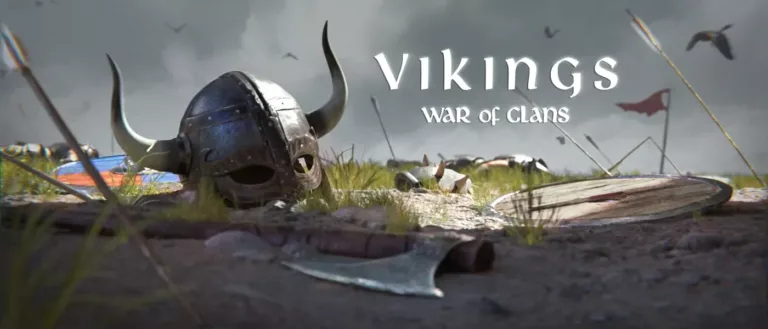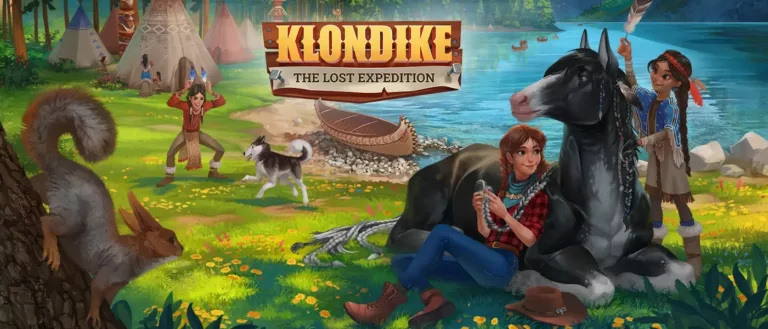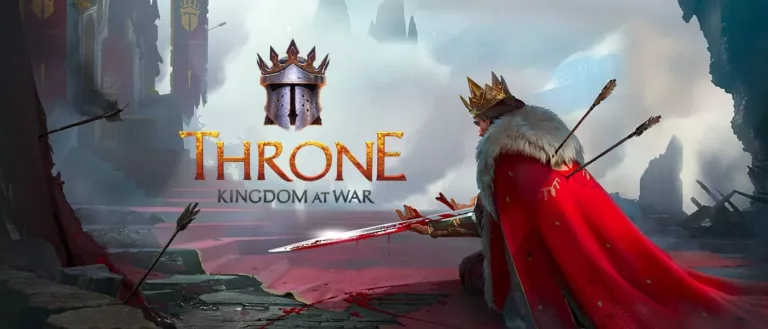Flash Games
Flash might be looking for a retirement home, but the fantastic games we pioneered using it will live on for a long time. Play these classic Flash games and relive the good old days.

How did Flash gaming evolve and what can you expect to find when you choose to try the best flash games? Read on to learn more about how it flourished into the well-known gaming technology that it is today.
What Are Flash Games?
Flash Games are coded in ActionScript and are one of the most ubiquitous types of games played online. They usually run on standard browser technology or via plugins. The defining feature of the technology is its portability, flexibility, and accessibility: if a device can access a web browser, it’s compatible with Flash games online. Further, the simple, intuitive interface means that any developer can use it while its content neutrality encourages experimentation.
There are some restrictions, though, when it comes to iOS devices. Technically, iPhones and iPads don’t support Flash games. However, third-party apps and plugins can still give you access to thousands of these web browser games online.
The History of Flash and Browser Games
The Flash gaming revolution started in 1996 and lasted for more than 20 years. The technology’s run will formally end on December 31, 2020. Why? In 2017, Adobe announced it would stop supporting Flash. That means that online Flash games will be phased out.
To give developers time to reconfigure their websites and games, Adobe set its final deadline three years away. Since then, various projects, ports, and systems have emerged to preserve its rich history. Many developers have ensured that games will continue to perform seamlessly and players will be able to keep their progress as they move over to HTML5 – widely considered Flash’s successor.
Indeed, with more than two decades’ worth of developments out there, it makes sense to keep it alive in some form or another. To give you some perspective on where this technology came from, here’s a brief history of Flash.
1996: The first Flash player came out in 1996. The aim was to create something that could rival the go-to media players for websites at the time. The first Flash player improved on what already existed, adding a frame-by-frame animation tool. The end result was a media player that could be used to create web graphics animations.
1997: The launch of so-called “applets” that allowed animations and, in time, games to be written using the Java programming language inspired Flash. They posed early competition, which drove Flash enthusiasts to develop their own programming language.
2000: Developers used the new Flash programming language to experiment with games. Sites started to appear that offered platforms for companies to share their products with the masses. At the time, free Flash games were seen as a bridge to paid-for content. In essence, the best Flash games would be demo versions of something players could purchase.
The low barrier to entry also encouraged developers to be experimental. Flash was a new frontier that made browser games easily accessible. The technology’s capabilities meant almost anything seemed possible. Big companies and independent developers could create and upload their creations with relative ease.
What’s more, the overarching desire to create great content at this time led to a rich tapestry of genres, themes, and game mechanics.
2003: The accessibility of premium and free Flash games improved in 2003. Players could click a link and enjoy some action themselves, or share browser Flash games by sending a single link via email or a chat platform.
2004-2010: Flash websites and, with them, Flash games began to spread like wildfire. Huge game aggregators with thousands of casual games sprung up. Developers were happy to create content they liked: if their Flash games weren’t popular on one website with one demographic, there were dozens more places where they could find an audience. This willingness to do whatever felt right made the Flash games online extremely diverse.
From puzzles and shoot ’em ups to simple multiplayer Flash games, anything was possible. Towards the end of the decade, the rise of social media platforms that supported Flash gave developers access to millions of potential players and a huge revenue base. This made Flash a lucrative option and encouraged companies to make games with more depth, leading to the increase in hardcore multiplayer Flash games with a free-to-play model.
2010: Apple’s Steve Jobs wrote a letter in 2010 that explained why Flash games weren’t allowed on his platform. He felt browser games were great for desktops but not mobiles. The touch interface didn’t suit it, and Flash games drained the battery of an iPhone, according to Jobs.
This was the death knell for Flash. As Apple grew and mobile gaming gained in stature, the iPhone’s incompatibility with Flash games meant they had less influence than they once did.
2012: The rise of the iPhone and the diversification of the internet meant websites had to support a much broader range of devices. Flash games weren’t compatible with the full spectrum of devices. This meant that the technology started to lose its appeal among developers and, in turn, players.
2013-2020: There’s less of a buzz surrounding Flash games than there once was, but the quality of content within the genre has continued to improve. Even free Flash games are fantastic. Faster internet connections have enabled developers to create complex, feature-rich, multiplayer Flash games with graphics that can rival any other platform.
Flash has been described by some as the “original indie scene” in gaming. However, the influence of Flash games is much greater. In many ways, Flash gave rise to the tower defense genre and many of the game mechanics we see in the top mobile games today were popularized using this tech.
The Future: Saving Flash
Even when Adobe switches off Flash support, the games that came out of this technology will live on. It’s not just developers who are doing their bit to port over the original games: hundreds of Flash fans have joined forces under the Flashpoint initiative, contributing to what is effectively a crowd-sourced archiving effort.
Options that developers have to move forward range from creating their own game launchers to porting games over to HTML5, and even taking the games offline to remove potential security risks. The important thing to know is that the best Flash games are likely to be around for a long time to come.
What Makes the Best Flash Games Great?
It’s hard to distill the contributions Flash has made to gaming and why it’s so popular. Still, we’ve come up with a few reasons why some of the fun Flash games are so great:
- They are easy to pick up but hard to master. The intense competition among flash games over the past two decades means that developers can learn from the best practices that have been established. The greatest flash games have perfectly optimized learning curves so they are constantly challenging while not being off-putting to new players.
- Gameplay has evolved to become multi-layered and more intricate among the best Flash games. Many developers have adopted the games-as-a-service model where they keep introducing new features and events to ensure the experience can be enjoyable for years.
- Fun Flash games usually do a great job of nailing the look and feel. While some hardcore games have highly detailed graphics, other casual games might focus more on transitions and little flourishes to reinforce the theme they’re going for.
- Originality has to be the biggest strength of Flash games online. Developers have never shied away from pushing the boundaries or tackling a theme that others wouldn’t. Even today, the best Flash games continue to offer unique game mechanics and innovations that distinguish them.
Variety in Flash Gaming
There are browser-based, fun Flash games for everyone. Regardless of your tastes and interests, there are thousands, if not millions, of games to try. From fighting and adventure games to puzzles and more, there is no shortage of genres to explore. So, if you’re looking for easily accessible entertainment, make sure you check out some of the best Flash games online today.






